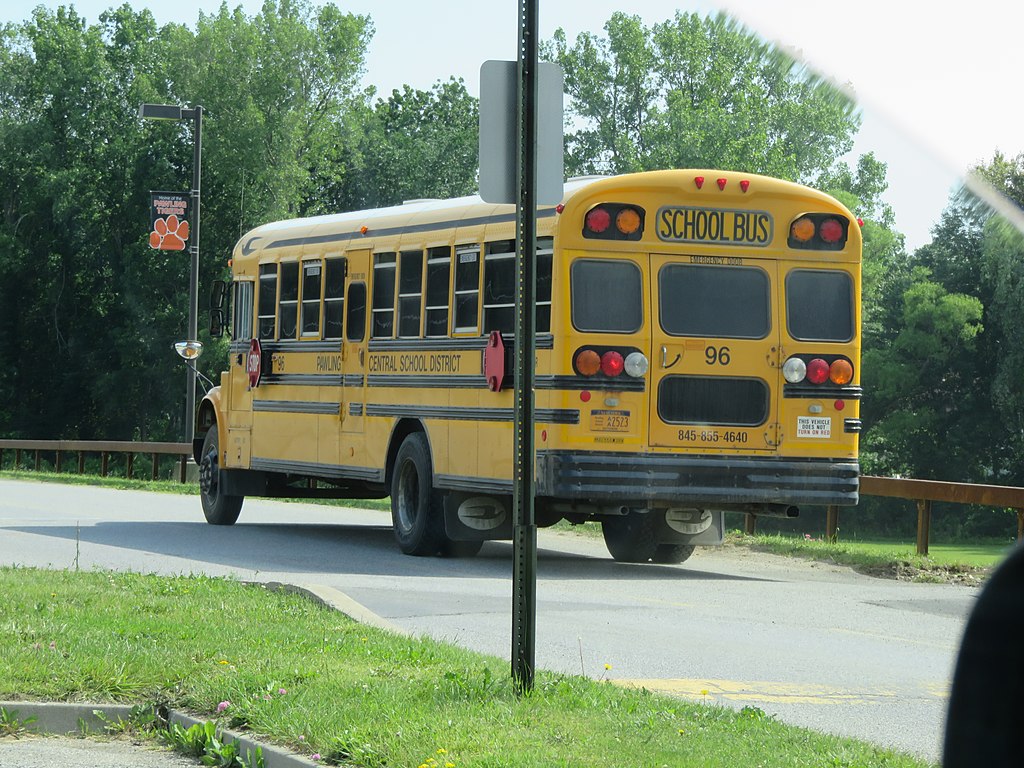It was a full house at last week’s Mayor’s State of the City Address event, presented by Cogeco and hosted by the Burlington Chamber of Commerce at the Burlington Convention Centre. With nearly 300 people in attendance, guests were eagerly waiting to hear remarks from Mayor Marianne Meed Ward. Attendees included Regional Chair Gary Carr, MP Pam Damoff, and Mayor Gord Krantz of Milton.
Meed Ward, the second female mayor of Burlington, and now the longest-running female mayor in Burlington’s history, took some time to highlight the city’s crest. Notably, the beehive represents industry, the cow and apple represent agriculture; these explanations led into a declaration to protect Burlington’s rural community and the Greenbelt, and the intention to fight those mandates across the province. This was met with applause and a very enthusiastic and positive response from attendees.
“It’s not just what we do, it’s how we do it, that’s so critically important,” says Meed Ward, highlighting the five key principles of leadership that are embraced by staff at the city. These include advocacy, which is represented by the various municipal organizations the city is a part of; making decisions based on evidence and good planning; working as a team with community leaders, city staff, and council members; aiming high, suggesting that nothing is impossible and which the mayor and council made evident with the reset of the city’s official plan during the last term of council; and finally, working together and more collaboratively across the board, including with the development industry, service providers, and residents.
“Burlington is open for business. We are open for development of the right scale, in the right space, with community vision in mind,” says Meed Ward, following with a description of the development proposal of Appleby Mall, where a portion of the existing parking lot will be repurposed, which the mayor suggests is a “good use of urban land.” While there may be some truth to its good use, some residents living in the Appleby and New Street area have expressed that they are unaware of this redevelopment plan, which was approved by the Ontario Land Tribunal a few weeks ago. Public knowledge aside, the important thing to acknowledge is that the city has space to repurpose areas should the need arise, and it will, but it does not have to be at the expense of the city’s rural communities.
In terms of city planning, there are currently 21,000 units under review right now in the City of Burlington, which are being processed by city staff. The province has assigned 29,000 units to the city, narrowing the gap between the units that are under review and the units that have been assigned by the province tremendously.
Additionally, to expedite the processes at city level more efficiently, Meed Ward has introduced deputy mayor roles for each of the council members. This includes a deputy mayor for business and red tape reduction, building on the Red Tape, Red Carpet Task Force that was first announced by Meed Ward at the 2018 Mayor’s State of the City Address. The mayor did, however, acknowledge that they have not quite gotten there as efficiently as hoped, and more work needs to be done. While still a work in progress, the development of a digital streamlining system to track permit updates online is being adopted with the help of provincial funding.
Another area of focus highlighted by the mayor is the building and expansion of community centres, parks, services, and programs, to ensure these are not crowded for residents and are made actively available as the city continues to grow. Meed Ward specifically notes that the Robert Bateman redesign will only be half occupied by community partners, and will leave the city with 100,000 square feet of space for city program use upon completion. This is will support the city’s need for community spaces, and will be the largest in the city. To compare, Tansley Woods Community Centre is currently the largest in the city at 60,000 square feet in total. Additionally, the Skyway Arena that is currently in progress will be built net zero, which according to Meed Ward, is planning for the next seven generations.
“But we’re not done there, we have at least three more community centres that we need to plan for around each of our GO stations,” says Meed Ward, as that is where the majority of the new population will end up living. She also acknowledged that the city’s existing community centres are already crowded as is.
While this sounds promising to some and ambitious to others, the question some residents may ask is: at what cost? According to the mayor, Bill 23 — More Homes Built Faster Act will rob the municipalities of development charges, and these charges are typically used to pay for things like parks and community centres, but never really fully cover the cost in its entirety. This leaves the taxpayers to subsidize the development by approximately 20%. Bill 23 removes those development charges altogether, creating a hole in the budget. Meed Ward says she is adamant about raising these alarm bells regarding Bill 23 at any and every single table she sits at.
Planning for the future is on the forefront, according to Meed Ward. This includes a community investment strategy that was worked on during the last term of council and it totals $317,000,000. The aim is to work collaboratively with developers and business owners to help bring this strategy to fruition.
Sounds attractive, but the hit will be in the pocketbook for taxpayers at an increase of 7.08% this year, though Meed Ward insists the city portion is below inflation, sitting at 5.9%. The remainder is made up at the regional level, with no increase noted provincially at the school board level. To refresh, the property taxes in Burlington are made up of portions that go to the city, the region, and the school boards provincially. Again, there were reminders of the financial catch-up due to the COVID-19 pandemic and continued growth, which were also echoed at the 2023 budget meeting discussion a couple of weeks ago.
Other areas of focus include making decisions that consider the impact on climate, free transit for high school students, the development of a recreational culture masterplan, and continued integrated mobility planning.



